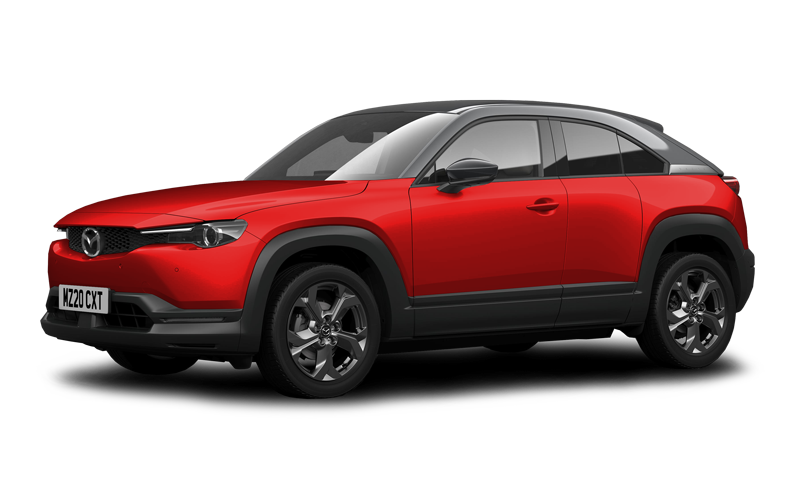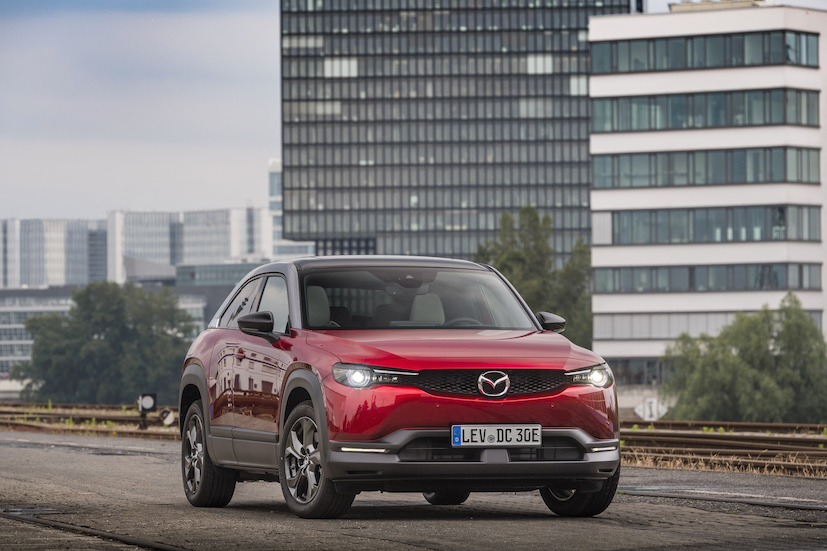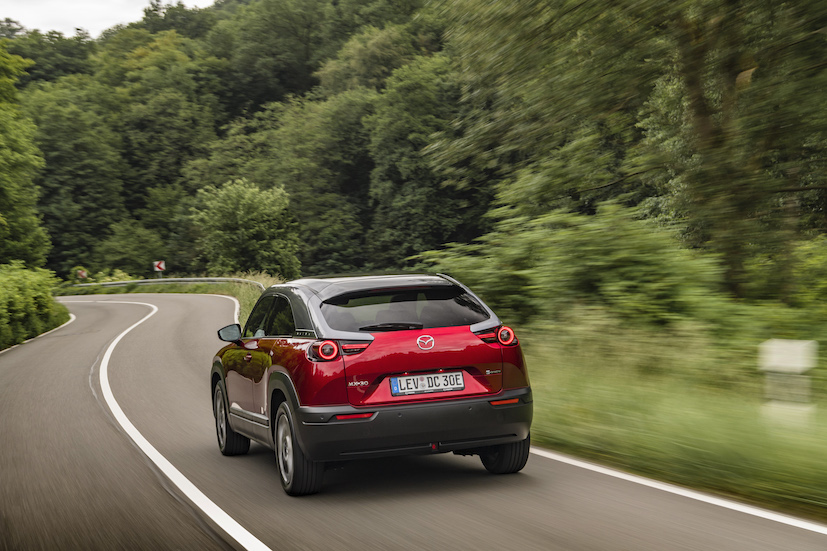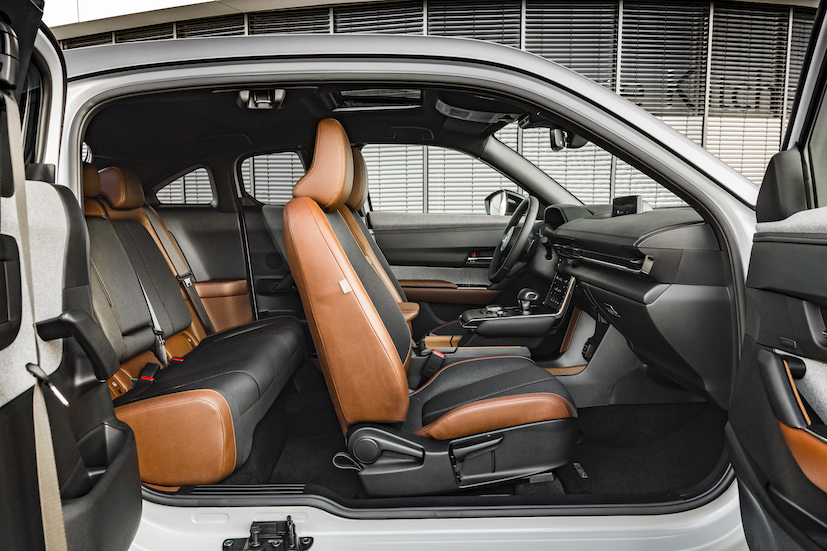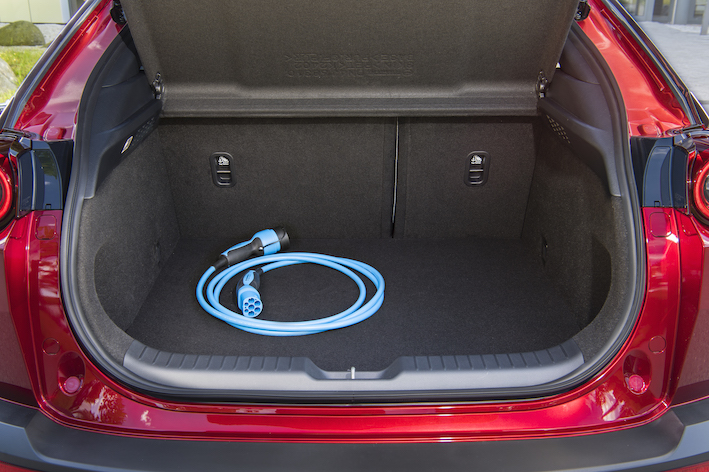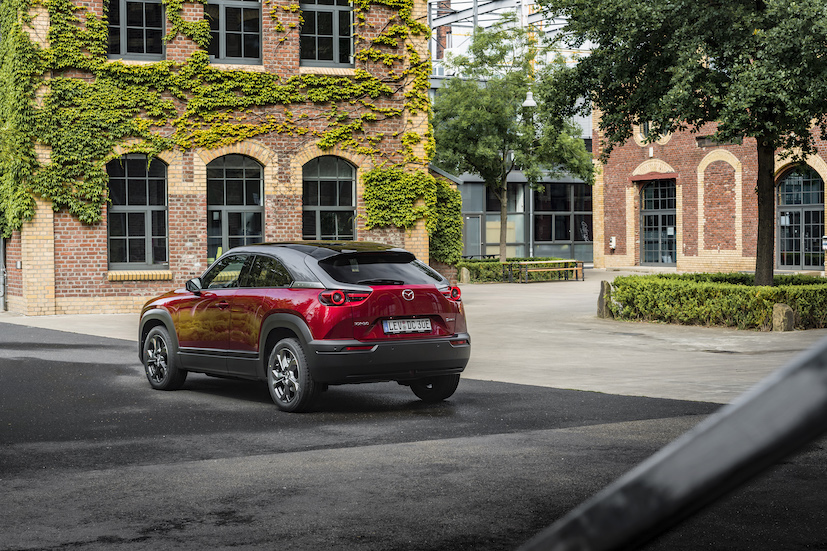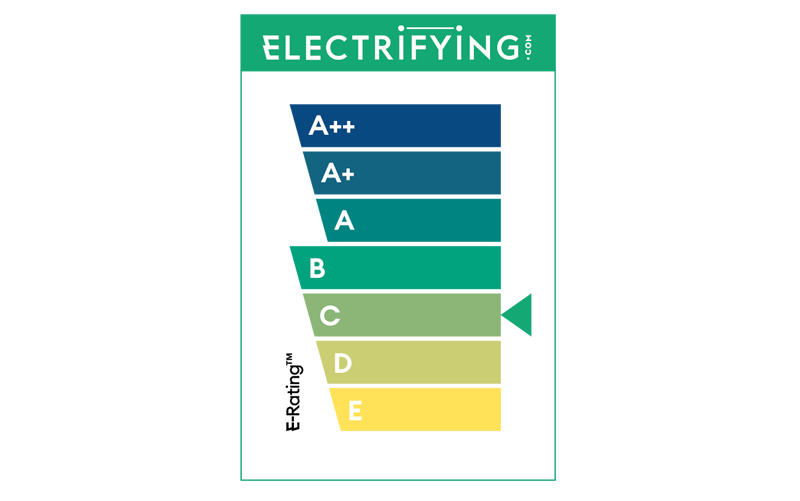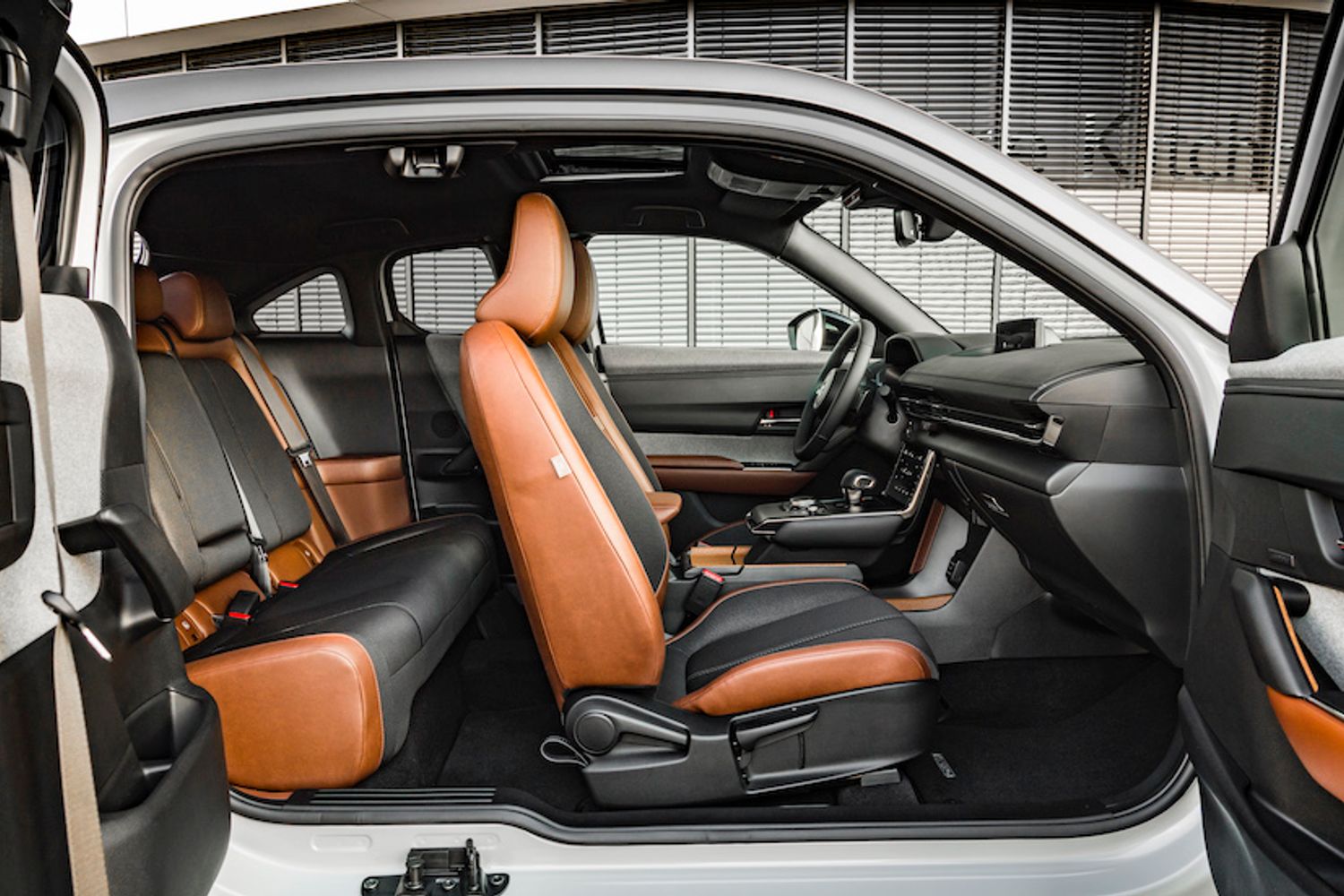Practicality and Boot Space
At 4.4 metres long, the MX-30 is a bit longer than the likes of a MINI, BMW i3 or e208 and a touch shorter than a Nissan Leaf. As you might expect, this means the interior space falls in between these rivals too.
The boot is usefully big at 366 litres with the seats up and 1,171 with them down – compare that to the MINI’s 211/731 litres. And while the front cabin is perfectly spacious, the back seat passengers don’t fare so well, mainly as a result of the low roof line.
The BMW i3-style rear-hinged doors are a nice feature and are certainly better than trying to struggle getting into the back of a three-door car. This is especially true if you need to fit a child seat, but they are awkward to use for grown-up passengers compared to a pair of ‘real’ doors. Once passengers are finally installed in the back, adults will unfortunately find the headroom cramped and people of all sizes won’t enjoy the small windows.
Technology
The Japanese have a reputation for being bang up to date with technology, but we can’t help but feel the MX-30’s gadget list looks rather old-fashioned compared to rivals, even those which are supposedly from a class below like the Renault Zoe.
Behind the steering wheel there are still analog displays where most rivals have gone for a full digital panel. The screen for navigation and audio is comparatively small and can only be operated with your fingers while the car is stationary. As a small concession to the iPhone generation there is a head-up display which projects information onto the windscreen and a second touch-screen display for the climate control, rather than the manual dials and buttons found in other Mazdas.
Safety
The MX-30 has been through the independent crash testing process at EuroNCAP, and emerged with a gold star and a pat on the head. In fact, the car actually got the highest rating ever recorded by NCAP under the new testing regime, beating the likes of Mercedes and other cars which cost more than twice as much.
NCAP were particularly impressed with the MX-30's crash-prevention tech and a stronger bodyshell around the battery, while the Mazda’s manoeuvrability and road holding should help it avoid accidents in the first place.
While safety is always going to be the most important factor, there is a downside to all this technology. The MX-30's crash-prevention gadgets can become irritating and invasive when you are driving, sounding warnings as you approach parked cars and trying to pull you back into lane when crossing white lines to pass cyclists and pedestrians.












